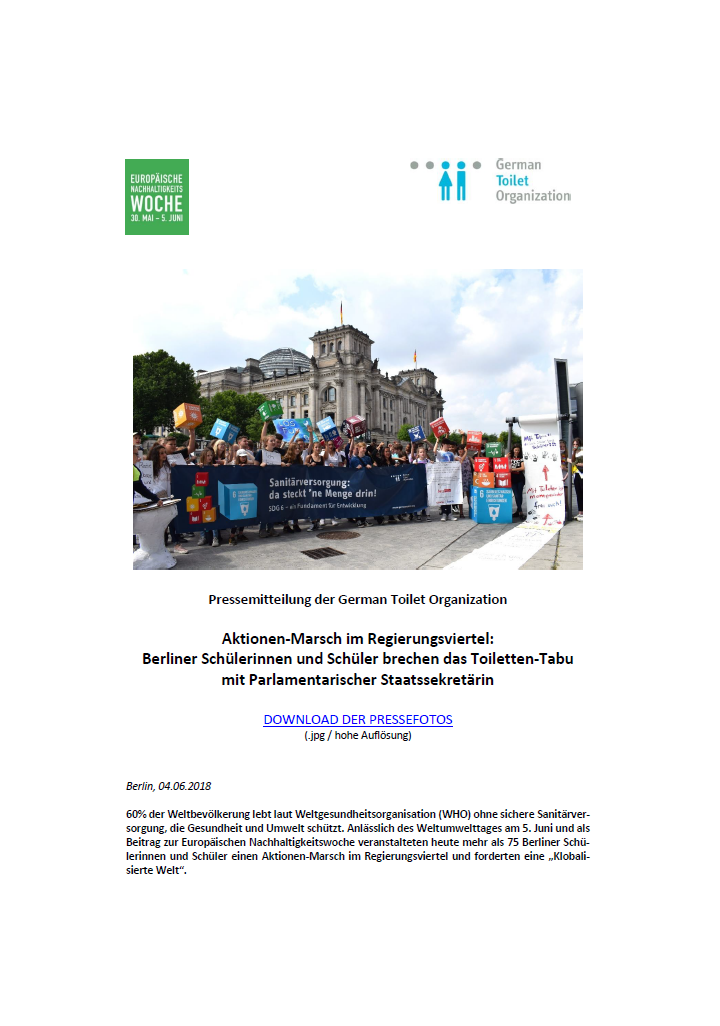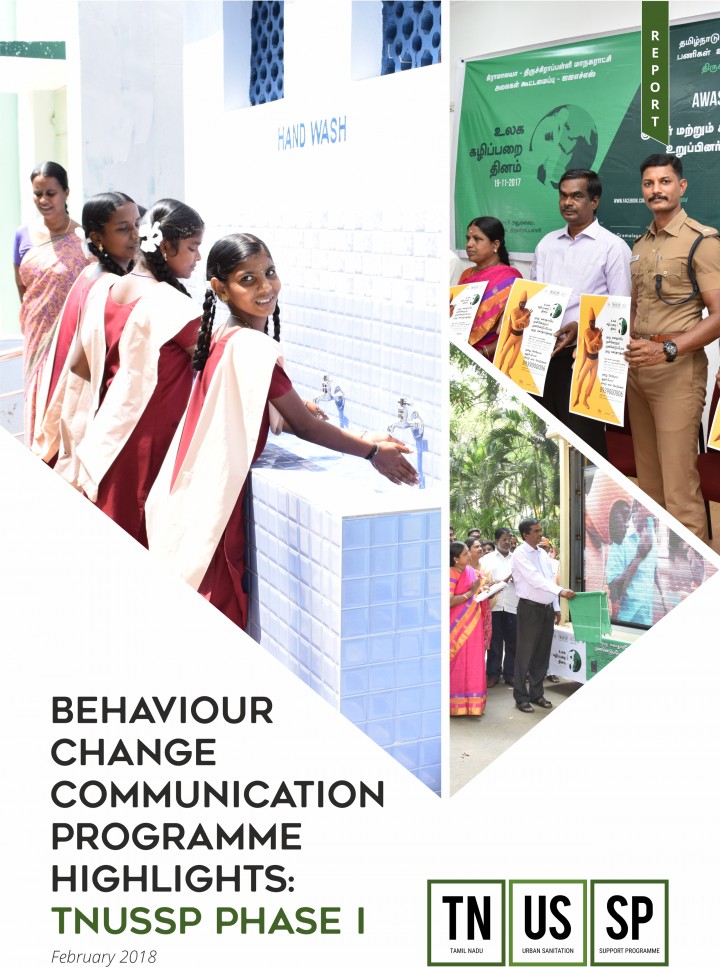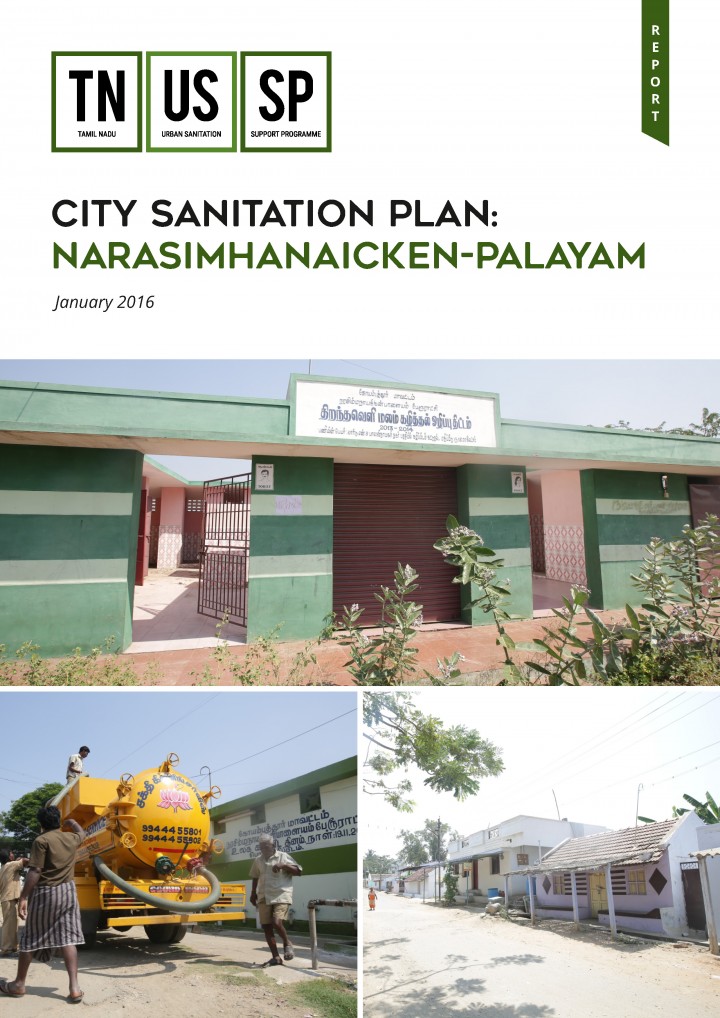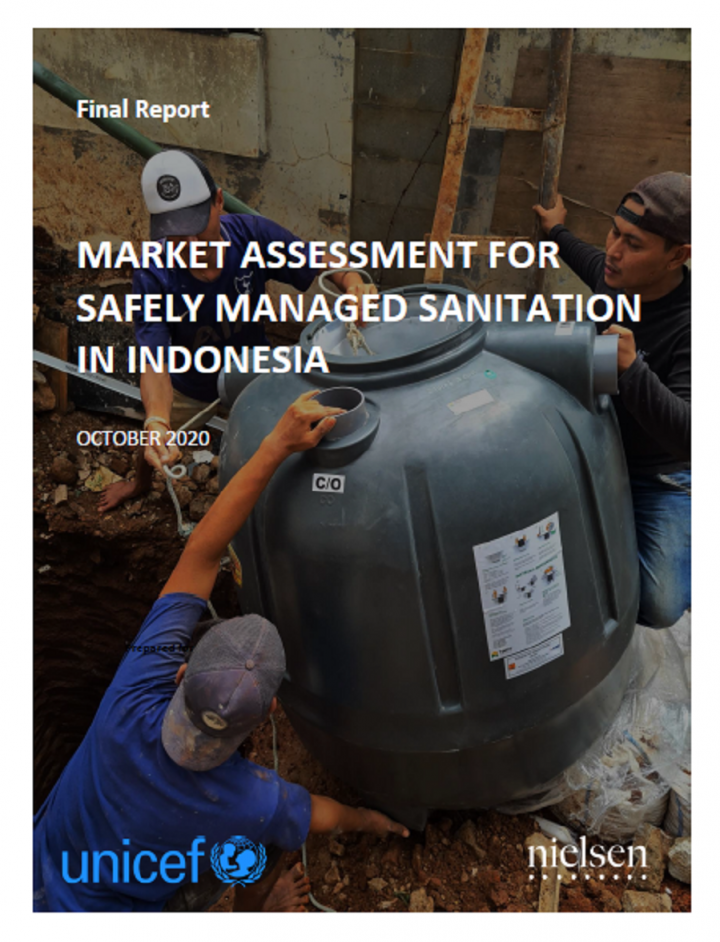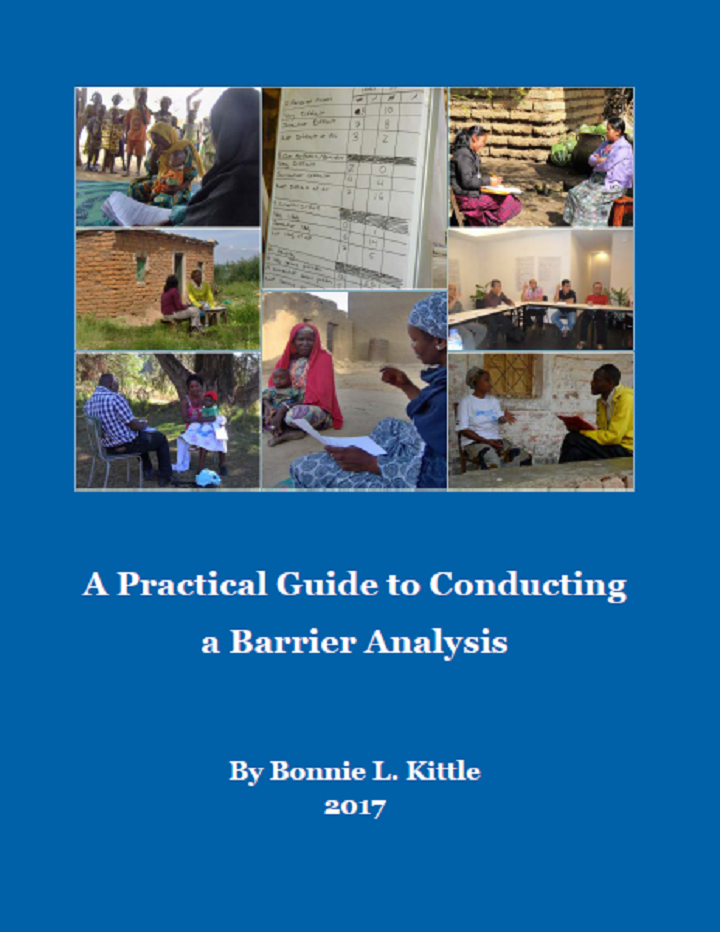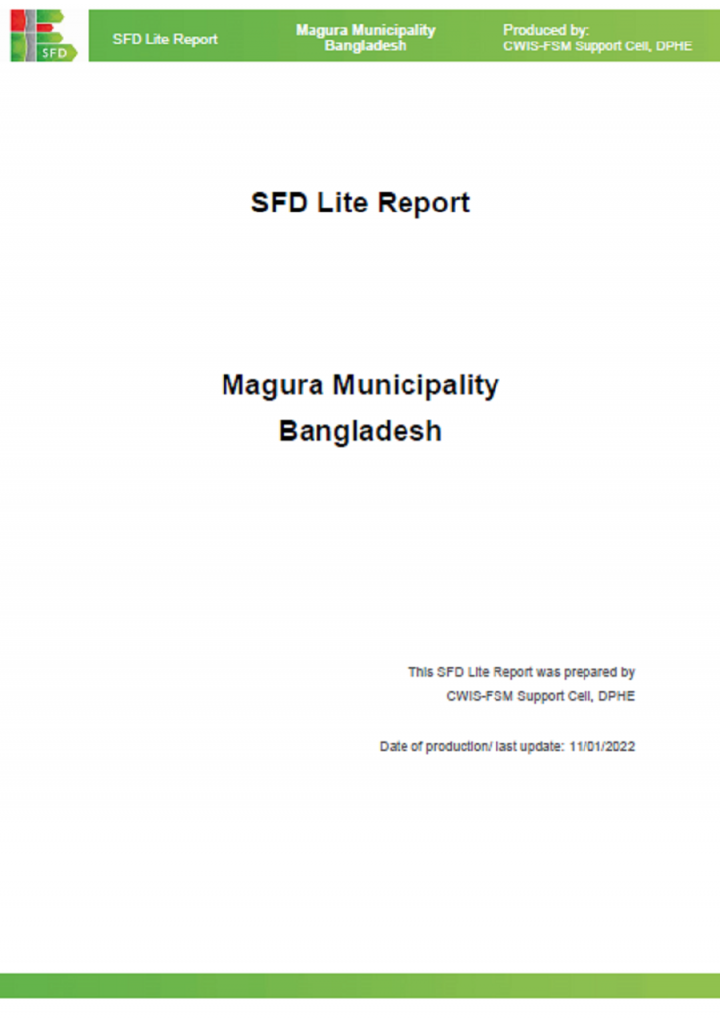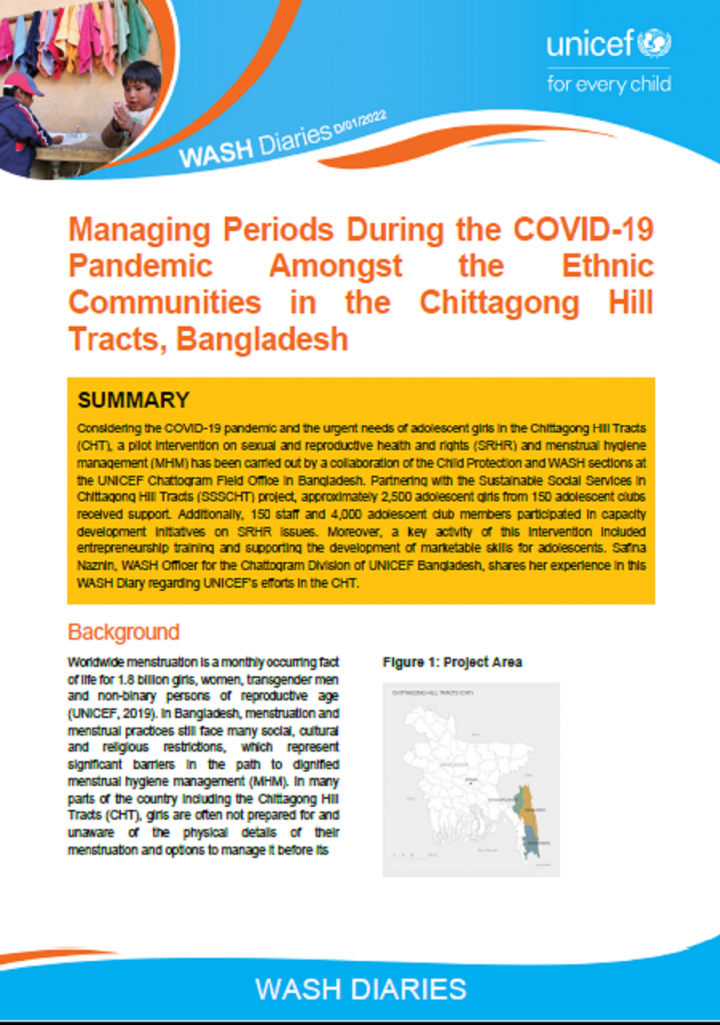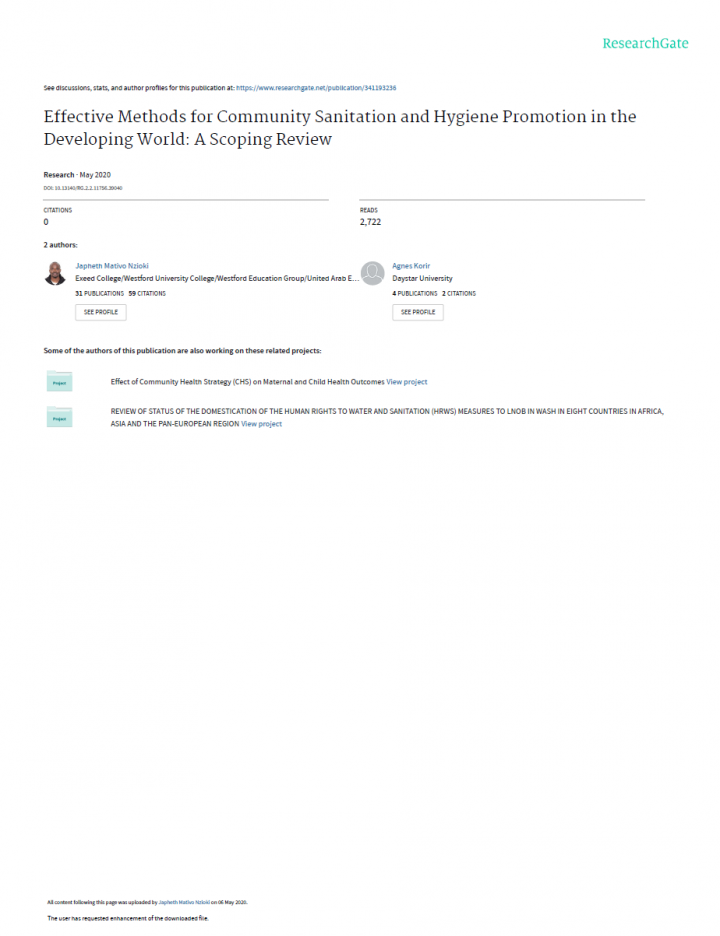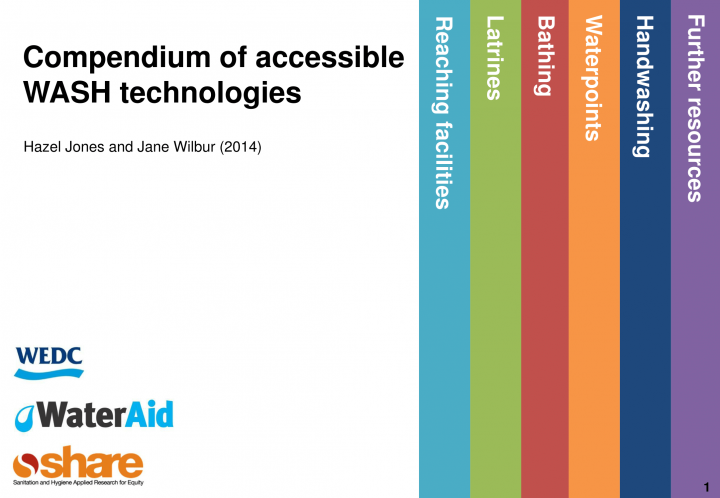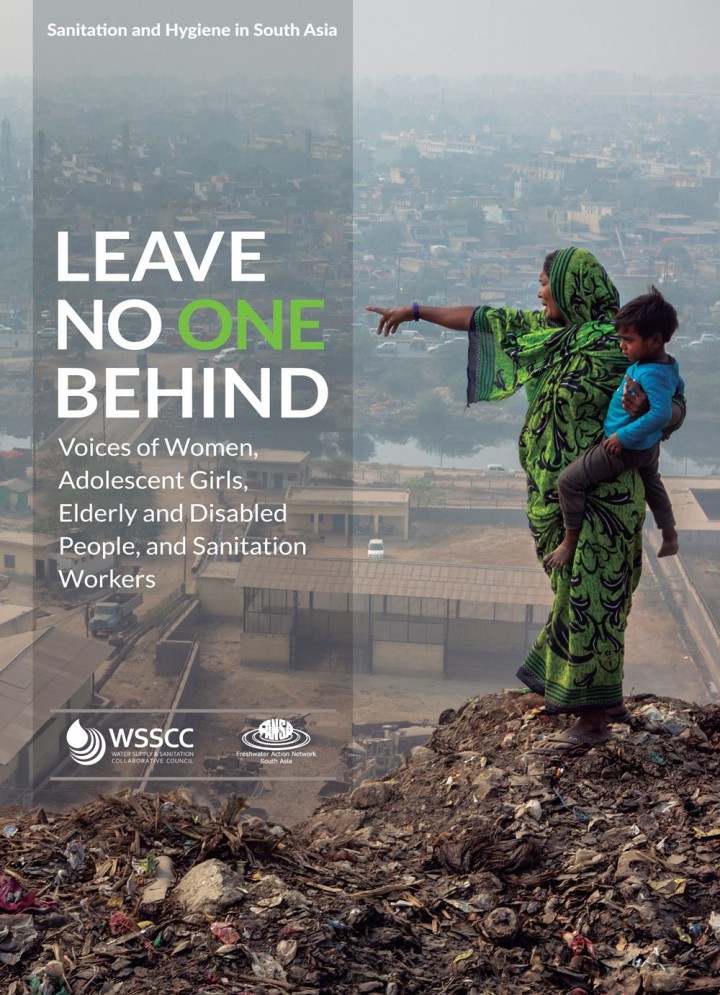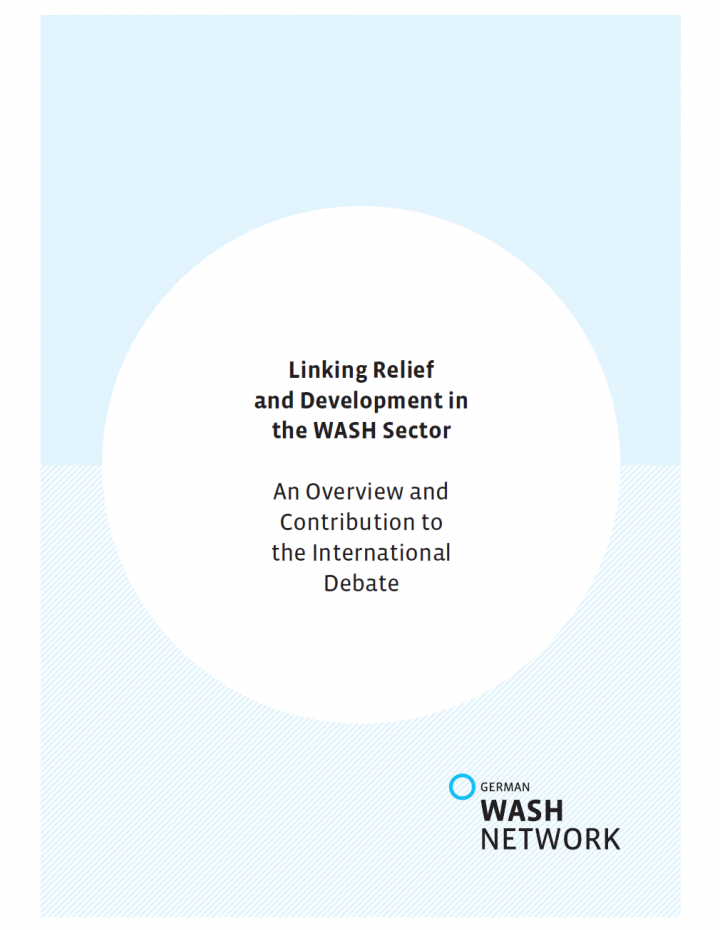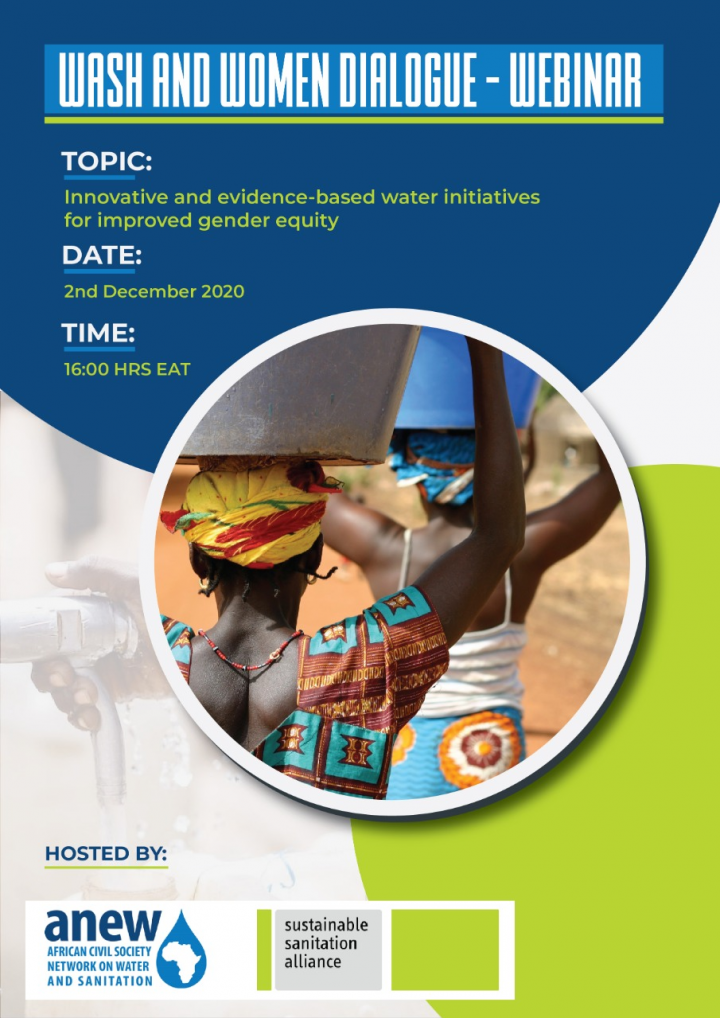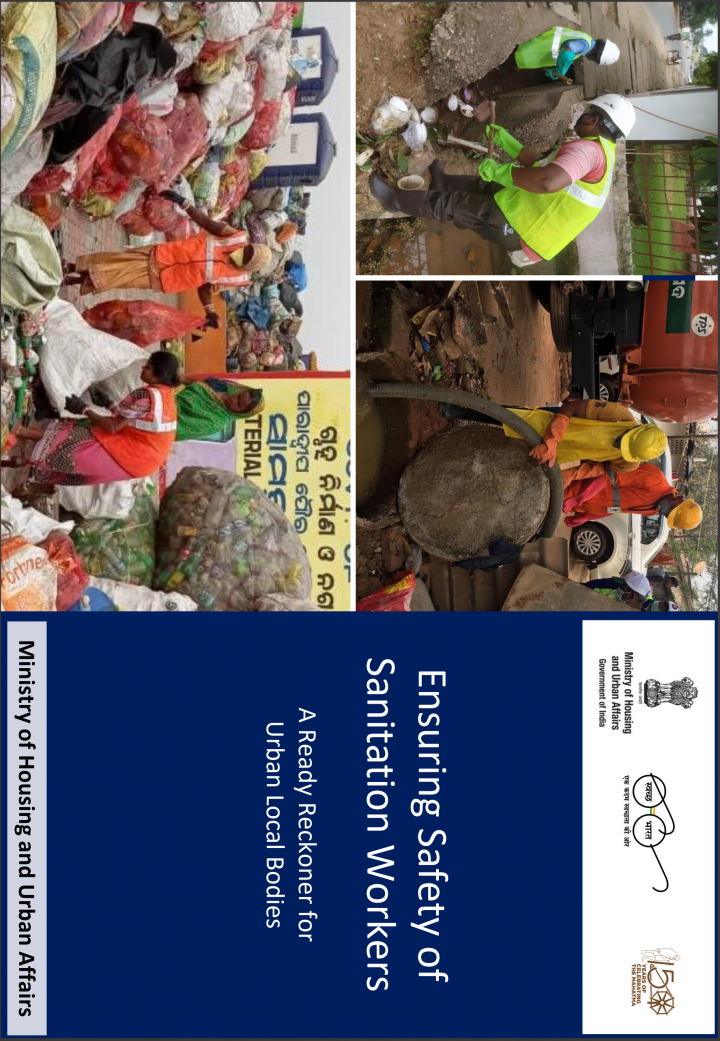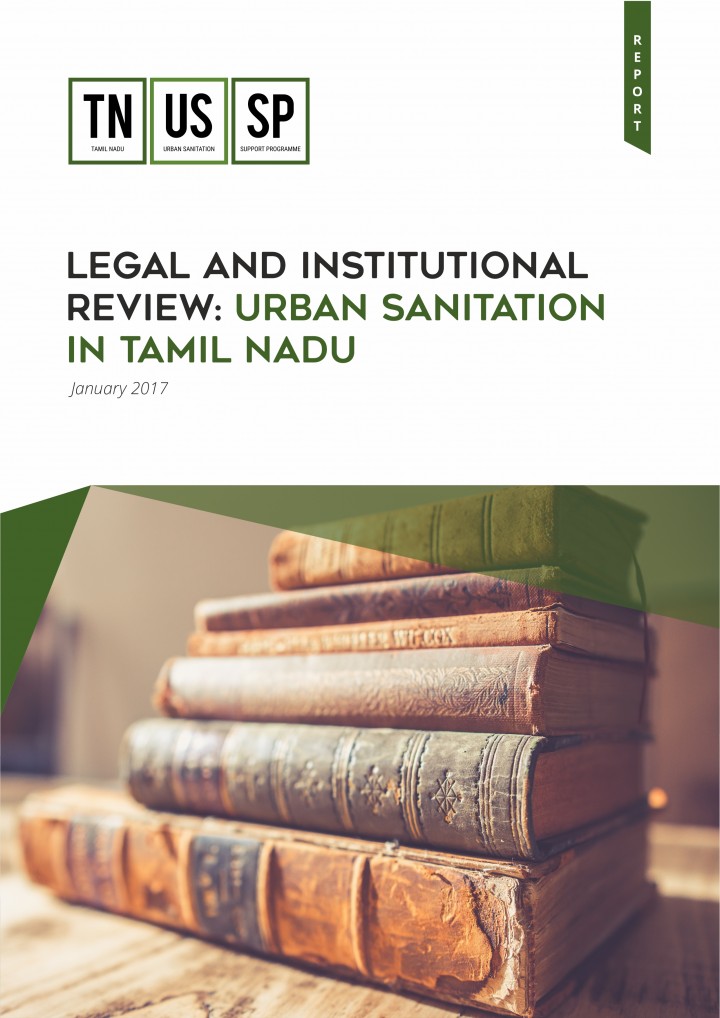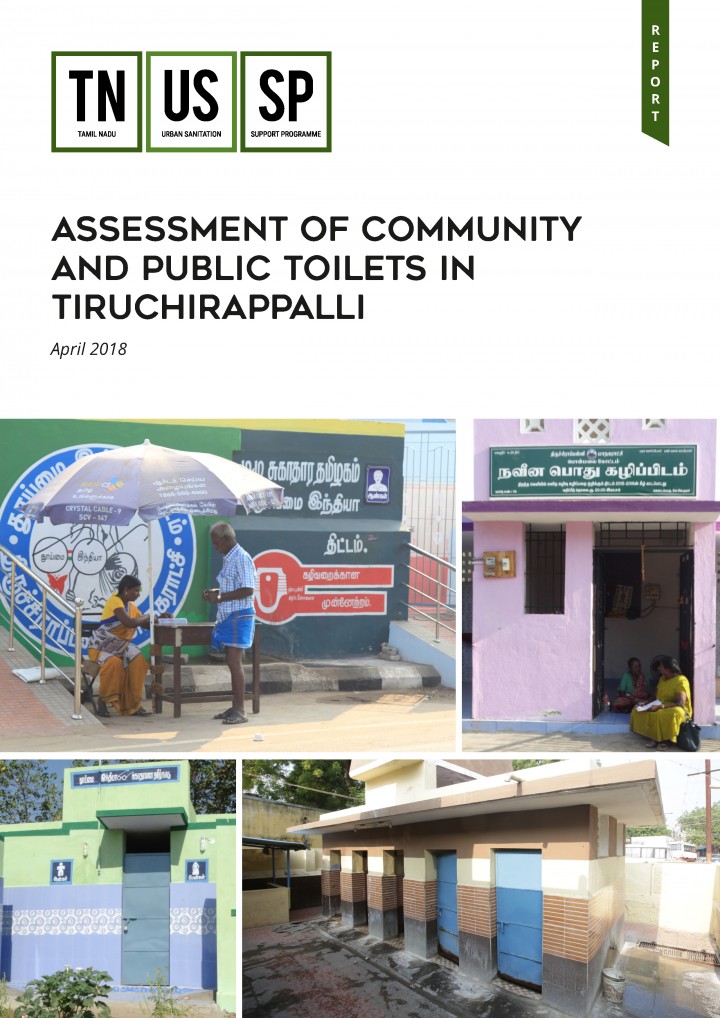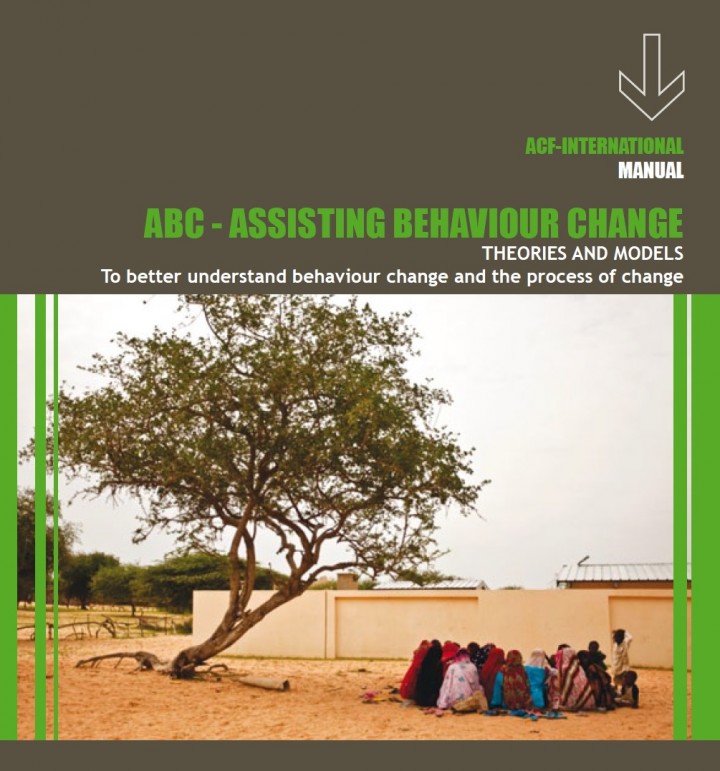Searching for information on Sanitation Workers?
The Sanitation Workers Knowledge + Learning Hub is the best source for all current news, trends, articles and updates on sanitation workers rights around the world.
Berlin, 4 June 2018
60% of the world population lives, according to the World Health Organization (WHO), without secure sanitation, which protects health and the environment. In line with the World Environment Day on 5 June and as a contribution to the European Sustainability Week, over 75 Berlin pupils organised an “Actions-March” in Berlin’s governmental district and demanded a …
BCC is a key component of the TNUSSP and seeks to address the issue of behaviour change through a range of approaches, of which communication campaigns and activities, targeted at appropriate segments, is an important part. This document broadly outlines the communication campaign and activities conducted at Tiruchirappalli, PNP and NNP.
This document presents the City Sanitation Plan for NNP. NNP is one of the cluster towns selected for implementing fecal sludge management in Tamil Nadu. This plan is curated from the sanitation situation analysis, which included identifying major components of sanitation (water supply, storm water drainage and solid waste management), and analysing related issues and possible solutions.
Realizing its commitment to providing universal access to sanitation, the Government of Indonesia aims to shift from open defecation free into safely managed sanitation as the national plan for sanitation is targeting to provide 15% of the population with access to safely managed sanitation. Based on the Statistics Bureau, in 2019, there are 77.44% households that have access to sanitation in …
The Practical Guide to Conducting a Barrier Analysis is a training curriculum that builds skills to plan and carry out a Barrier Analysis survey. The very practical, hands-on learning exercises help learners to answer the most common and frequently perplexing questions that arise during implementation. The use of the survey as a behavior change tool is made clear by first introducing the …
CLTS is a new approach in Afghanistan; and all stakeholders should become familiar with how it is implemented. CLTS component has been successfully implemented in various developing nations throughout the world; however, there was an urgent need how to adapt this approach to fit the societal and cultural aspects of in Afghanistan. MRRD is pleased to have this opportunity to develop this manual …
Magura municipality, the district headquarter of Magura district is situated in Khulna Division, Bangladesh. It is located 146 km from the capital Dhaka. It is bounded by the Nabaganga River and it is well connected with road and water. It is one of the oldest towns in the sub-continent and was declared Municipality in 1972. It is one of the 53 district-level municipalites in the …
Considering the COVID-19 pandemic and the urgent needs of adolescent girls in the Chittagong Hill Tracts (CHT), a pilot intervention on sexual and reproductive health and rights (SRHR) and menstrual hygiene management (MHM) has been carried out by a collaboration of the Child Protection and WASH sections at the UNICEF Chattogram Field Office in Bangladesh. Partnering with the Sustainable Social …
This report is a summary of a virtual meeting held on 9th September 2020, and hosted by the University of Leeds. The background information is found below.
In Phase 3 the SFD-PI are working to enhance the tools and resources available to support users to produce an SFD graphic. The inherent simplicity of the SFD should make it accessible to a wide range of stakeholders. However, the experience …
This step-by-step manual is designed to help personnel involved in the implementation of Water, Sanitation and Hygiene (WASH) activities improve their knowledge and skills to facilitate community engagement processes. The principal aim of this manual is to enable practitioners and facilitators/trainers involved in hygiene promotion to adapt innovative methods in learning, planning with groups and …
World Health Organization data on the burden of disease shows that approximately 3.1% of deaths (1.7 million) and 3.7% (54.2 million) of disability-adjusted-life-years (DALYs) worldwide are attributable to unsafe water, sanitation and hygiene. In Africa and developing countries in South East Asia 4-8% of all disease burdens are attributable to poor hygiene and sanitation. Over 99.8% of all deaths …
The secondary review of urban sanitation in Tamil Nadu provides a situational analysis of the water and sanitation situation in urban areas of the State, situated in the context of economic growth, demographic change, natural resource endowments and their historical utilisation character. This study draws mainly from available secondary literature and data from government and other public …
This compendium is designed for use by staff working directly with communities - e.g. health workers and community volunteers working with disabled and older people and their families in rural areas of sub-Saharan Africa. A few examples of technologies are presented that families can adapt to suit their needs and budgets. Many more options are possible. Most of the ideas are suitable for disabled …
This publication summarizes the sanitation and hygiene hopes and aspirations of thousands of women and men of different ages and physical ability, across rural and urban areas in eight South Asian countries. In these countries, over a billion people are without safe sanitation. They represent individuals and groups rarely heard because they are seldom asked what their constraints are, what they …
Humanitarian assistance and development cooperation in the Water, Sanitation and Hygiene (WASH) sector – although very diferent in nature – are inextricably linked. WASH relief eforts are usually not self-contained, stand-alone interventions and relief actors inevitably need to consider longer-term local development issues and transition elements to allow for a successful hand-over afer the …
On the 2nd of December, SuSanA Africa Regional Chapter in collaboration with the Africa Civil Society Network on Water and Sanitation (ANEW) hosted a webinar on the topic:
Innovative and evidence-based water initiatives that advance water sector transformation and catalyze systems change for improved gender equity. Questions, such as "What is being done?" and "What more do we need to do?" will …
Jaitpur Village (Figure 2) 28°30'25.0"N 77°19'48.7"E is located in the Urban Limits of National Capital Region (NCR) Area near “NTPC’s Eco Park”. It comes under the Badarpur Constituency Ward No. 98-S (Figure 2) where an overall population of 125,000 resides in an area of 3.76 sq.km1 giving a population density of 15,775 person/sq.km1. The Village lies in a mid-gap of Yamuna River and …
Sanitation workers have been the foundation of the sanitation improvement story of urban India.
Sanitation sector and various services provided under it are hazardous in nature — some are moderately hazardous while many of them are extremely hazardous. The working environment puts sanitation workers to a wide range of health risks and diseases due to exposure to harmful pathogens, chemicals …
In order to achieve 100 percent sanitation and improve public health outcomes in urban Tamil Nadu, TNUSSP undertook a legal, regulatory and institutional review across the sanitation chain. This review mapped the institutional arrangements, laws, and regulations that govern sanitation in the State. This report provides a summary of the review along with the key areas for improvement and a road …
Tiruchirappalli has been a pioneer in the community led management model of toilets. A rapid assessment survey was carried out across 400 community and public toilets in the city to assess their current state and understand the various models used to operate and maintain them. This report presents the findings from the rapid assessment survey.
Kabarto 2 IDP Camp is situated in the KRI and located in the Sumel District, which is part of the Duhok Governorate administration, and it lies approximately 13km southwest of Duhok.
The population figures are managed by the camp management on behalf of the Directorate of Migration and Crisis Response (DMCR) and, the population present at the time of the key informant interview with the camp …
Behaviour change initiatives are fundamental to achieving project objectives through the reinforcement of positive practices, the identification of new or alternative practices and the promotion of structural changes of specific psychosocial variables such as knowledge, attitudes, behaviours and social norms. The behaviour change process can be divided into two aspects: initiating behaviour …

